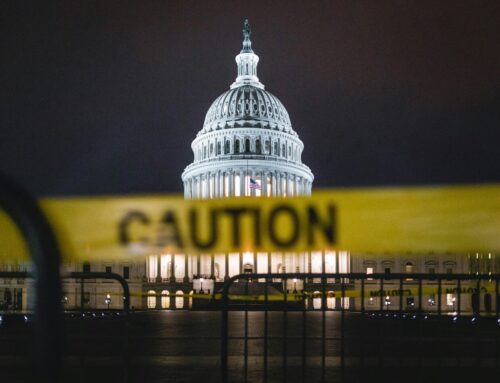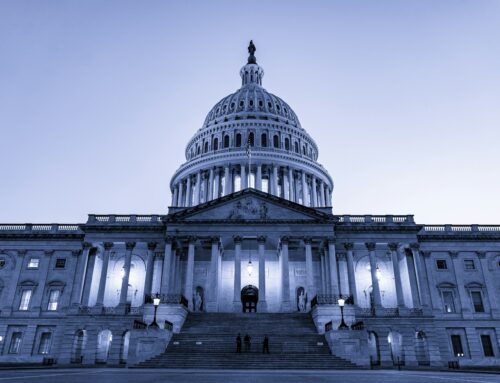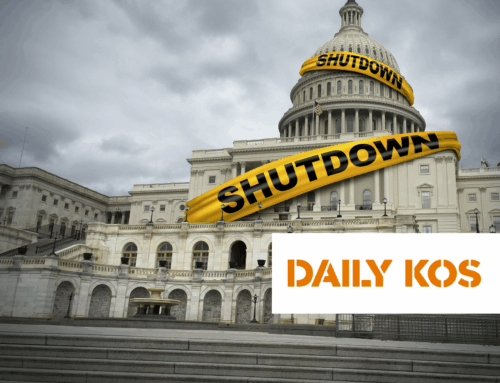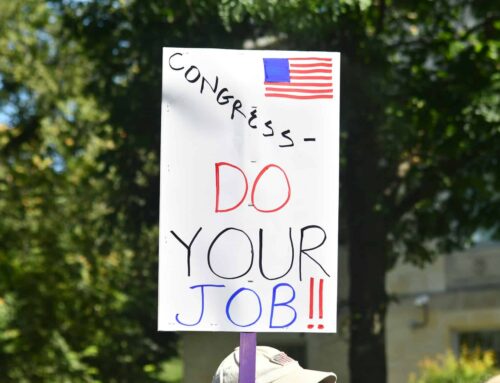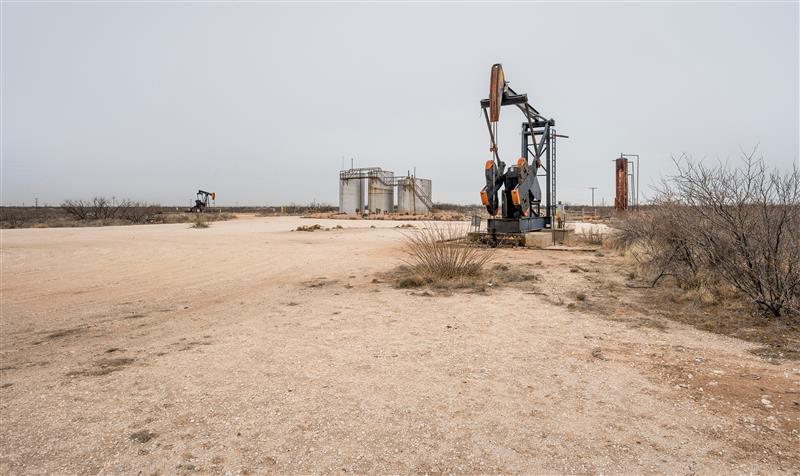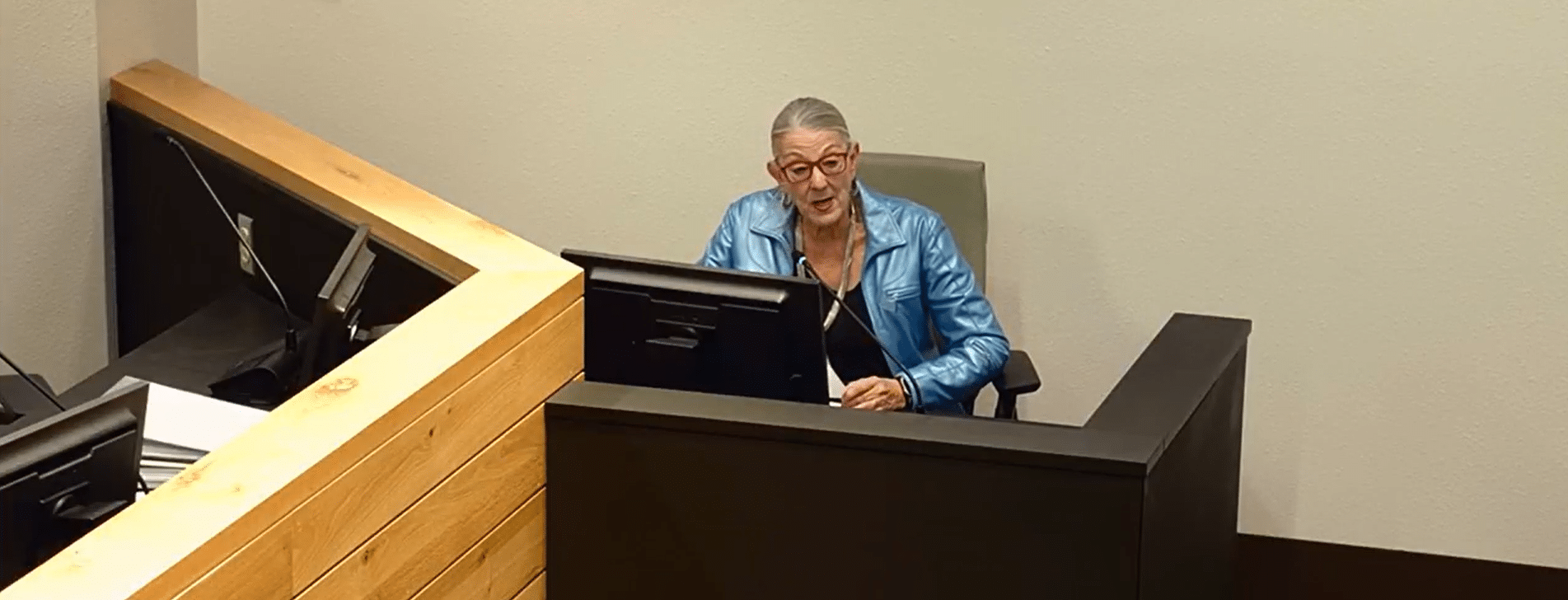The House of Representatives’ transportation authorization bill is mired in legislative purgatory without the votes to pass. House leadership has been casting about, looking for solutions in longer bills, shorter bills, and kicking the tires on different offsets and cuts. But nothing test-driven so far yields the necessary 218 aye votes for passage. Recently Rep. Mike Rogers (R-AL) went full throttle on what many Congressional back seat drivers have been about murmuring, suggesting to his Republican colleagues that resurrecting earmarks may be the key to the bill’s salvation.
Really? Earmarks? That’s the solution?
The idea is that spreading around some of these pesky special interest provisions could buy enough votes to get the bill over the legislative finish line. Or the threat to take away someone’s earmarks would help enforce party discipline. Sure, some lawmakers might be cheap dates and sell out their position on a $260 billion bill for a few million dollars worth of earmarks. But wouldn’t it make more sense to just write a better transportation bill?
The widely held belief among many on Capitol Hill is that earmarks serve as political grease to keep Washington’s legislative engine firing on all cylinders. So, if you spread enough lard around, big-ticket legislation can slip through the Capitol like a greased pig. The funny thing is that there’s ample evidence to the contrary. You don’t need to look any further than the last time Congress tried to reauthorize the transportation bill.
In September 2003, TEA-21, the old transportation bill, expired. Instead of a quick reauthorization eased along by earmarks, the bill was the subject of a dozen extensions and 680 days of delay before the transportation program was finally reauthorized in August 2005 by SAFETEA-LU. The machinations over that transportation bill spanned two Congresses, had multiple failed versions , and were subject to two veto threats . And this was when a Republican president was dealing with a Republican House and Senate. Oh, and the bill had more than 6,000 earmarks.
It’s also ironic that of all pieces of legislation to be floated as a place to renew earmarking now, Rogers picked the transportation bill. SAFETEA-LU was a poster child of earmarking excesses. Then House Transportation and Infrastructure Committee Chairman Don Young (R-AK) told crowds in Alaska that he had “ stuffed it like a turkey .” It was also the bill that introduced the country to the most infamous earmark of all … the “ Bridge to Nowhere .” It’s no exaggeration to say that more than any other piece of legislation, the 2005 highway bill helped bring about earmark transparency reforms and the current moratorium.
Of course there may be another reason for Rep. Rogers’ earmark enthusiasm. 99.4 million of them. That’s how much the 104 earmarks that the Alabaman brought home between 2008 and 2010 cost taxpayers. Oh, and he voted for the more than 6,000 earmarks in SAFETEA-LU.
Taxpayers aren’t looking for more grease in Washington. They are demanding better, more fiscally responsible legislation. Earmarks lead in the opposite direction. Congress needs to come up with a balanced transportation bill that doesn’t overspend the expected gas tax revenues and doesn’t rely on extraneous offsets or budget gimmicks . That’s a bill the public can embrace and that’s the bill that should be enacted.
###
TCS Quote of the Week
“I wonder if the $3,200 mind reader told G.S.A. officials that blowing more than $800,000 on a Vegas conference for a few hundred bureaucrats would get them fired?” – Rep. John Mica (R-FL) ( New York Times)


